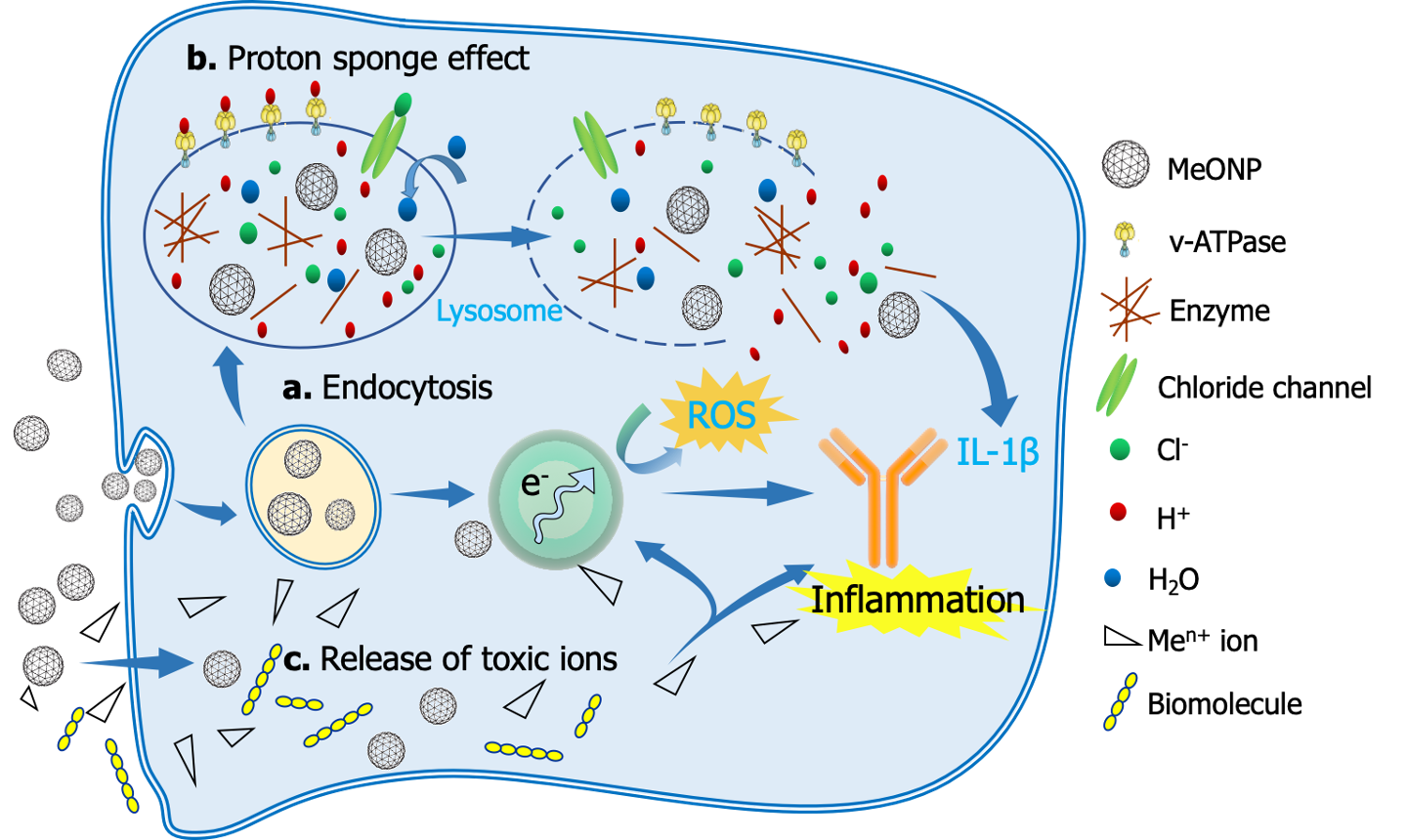
Source:School of Environmental Science and Technology
By Li Xiang, Huang Yang
The team of Associate Professor Li Xuehua from School of Environmental Science and Technology at DUT, and the team of Professor Li Ruibin from Soochow University have collaborated in the field of international environmental health and published an article entitled “Quantitative structure-activity relationship models for predicting inflammatory potential of metal oxide nanoparticles” (DOI:10.1289/EHP6508) in Environmental Health Perspectives, which is an international authoritative journal (). This study constructed the first machine learning model to achieve the prediction of the inflammatory effect of nanomaterials causing lung fibrosis. It not only provides an important tool for risk evaluation of nanomaterials, but also expands the understanding of the mechanism of the inflammatory effect of nanomaterials.
Although substantial concerns about the inflammatory effects of engineered nanomaterial (ENM) have been raised, experimentally assessing toxicity of various ENMs is challenging and time-consuming. Alternatively, quantitative structure–activity relationship (QSAR) models have been employed to assess nanosafety. However, no previous attempt has been made to predict the inflammatory potential of ENMs.

Figure 1.Schematic workflow of metal oxide nanomaterials (MeONPs) library construction, predictive modeling, mechanism interpretation, and experimental validation.
By employing metal oxide nanoparticles (MeONPs) as a model ENM, they aimed to develop QSAR models for prediction of the inflammatory potential by their physicochemical properties. They built a comprehensive data set of 30 MeONPs to screen several pro-inflammatory cytokines in THP-1 cell line. A pro-inflammatory cytokine of IL-1β could be used as an index to rank the inflammatory potential of MeONPs. Seventeen out of 30 MeONPs induced excess IL-1β production in THP-1 cells. The in vitro hazard ranking was validated in mouse lungs by oropharyngeal instillation of six randomly selected MeONPs. In vivo disease outcomes were highly relevant to the in vitro data. They established QSAR models for prediction of MeONP-induced inflammation via machine learning, with predictive accuracy (ACC) exceeding 90%. The models were further validated experimentally against seven independent MeONPs (ACC=86%). Density functional theory (DFT) computations and experimental results further revealed that the key mechanisms driving inflammatory responses of MeONPs were proton sponge effect, cellular internalization, lysosomal damage, and release of toxic ions.

Figure 2.Proposed schematic image of inflammatory mechanisms by metal oxide nanomaterials (MeONPs). (A) Endocytosis: MeONPs with a positive ζ-potential were most internalized by THP-1 cells and lysosomes. (B) Proton sponge effect. MeONPs with metal atom electronegativity ≤1.55 tend to trigger a proton sponge effect, followed by lysosome damages, leakage of lysosomal contents and excess IL-1β production. (C) Release of toxic ions.
Environmental Health Perspectives (EHP)is a monthly international authoritative journal of environmental health research and news. Retrieved by Web of Science, the journal has published 174 papers in 2019, with a total of 15 papers from the first completion unit in China.
First author: Huang Yang (PhD student, School of Environmental Science and Technology, Dalian University of Technology)
Correspondence should be addressed to Li Xuehua (School of Environmental Science and Technology, Dalian University of Technology), Li Ruibin (School of Radiology and Protection,Soochow University).
Editor: Li Xiang